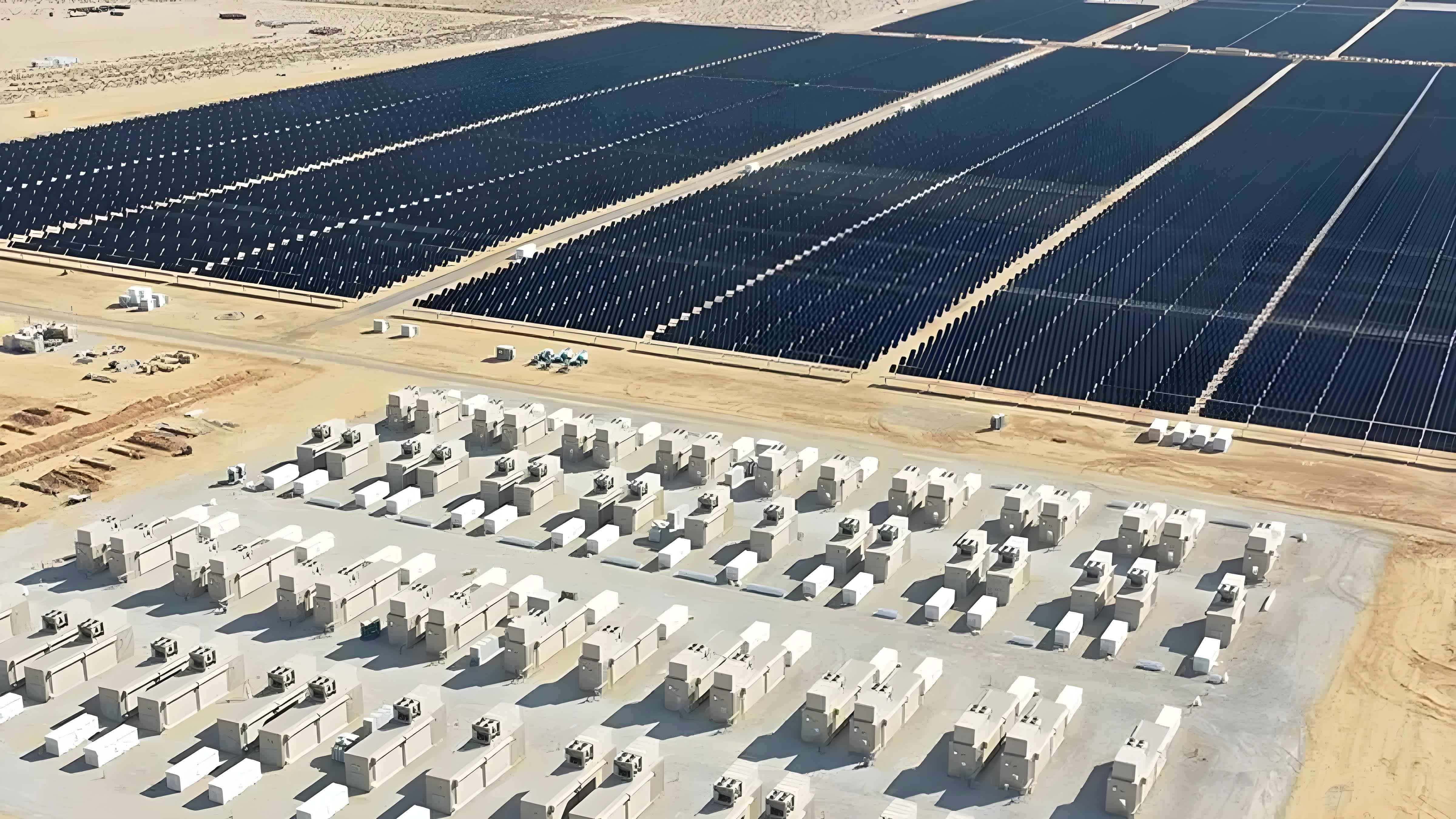
The transition to renewable energy sources is accelerating, and large-scale solar battery installations are pivotal in this shift. However, implementing these systems on a large scale comes with its set of challenges. This article explores the various challenges faced in large-scale solar battery installations and provides potential solutions to overcome them, ensuring efficient and reliable energy storage and distribution.
Technical Challenges
Large-scale solar battery installations face numerous technical challenges that must be addressed to ensure their efficiency and reliability.
Energy Density and Storage Capacity
- Challenge: Achieving high energy density and sufficient storage capacity is crucial for large-scale solar battery systems to store and supply energy efficiently.
- Solution: Advances in battery technology, such as the development of lithium-ion and solid-state batteries, offer higher energy densities and storage capacities, enabling more compact and efficient energy storage solutions.
Integration with Existing Grid Infrastructure
- Challenge: Integrating large-scale solar battery systems with existing grid infrastructure can be complex due to differences in technology and operational protocols.
- Solution: Implementing smart grid technologies and standardized communication protocols can facilitate smoother integration and enhance the interoperability of solar batteries with the grid.
Financial Challenges
The high initial costs and financial risks associated with large-scale solar battery installations can be significant barriers to their widespread adoption.
High Initial Investment
- Challenge: The upfront costs of purchasing and installing large-scale solar battery systems can be prohibitive for many organizations and governments.
- Solution: Government incentives, subsidies, and favorable financing options can help offset the initial investment, making solar battery installations more economically viable.
Return on Investment (ROI)
- Challenge: Calculating and achieving a satisfactory return on investment can be challenging due to fluctuating energy prices and uncertain future savings.
- Solution: Conducting comprehensive feasibility studies and utilizing advanced financial modeling tools can provide more accurate ROI projections, helping stakeholders make informed investment decisions.
Environmental and Regulatory Challenges
Ensuring compliance with environmental regulations and addressing ecological concerns are essential for the successful implementation of large-scale solar battery installations.
Environmental Impact
- Challenge: Large-scale solar battery installations can have environmental impacts, such as resource extraction for battery materials and potential land use conflicts.
- Solution: Adopting sustainable practices in battery manufacturing, such as recycling and using environmentally friendly materials, can mitigate these impacts. Careful site selection and land use planning can also minimize ecological disruptions.
Regulatory Compliance
- Challenge: Navigating the complex regulatory landscape for large-scale solar battery installations can be time-consuming and costly.
- Solution: Engaging with regulatory bodies early in the planning process and ensuring compliance with all relevant regulations can streamline the approval process and reduce delays.
Operational and Maintenance Challenges
Maintaining the efficiency and longevity of large-scale solar battery systems requires addressing several operational and maintenance challenges.
System Degradation
- Challenge: Solar battery systems can degrade over time, reducing their efficiency and storage capacity.
- Solution: Implementing regular maintenance schedules and using advanced monitoring systems can detect and address degradation early, extending the lifespan of the batteries.
Safety Concerns
- Challenge: Ensuring the safety of large-scale solar battery installations is critical, as issues such as overheating and short-circuiting can pose significant risks.
- Solution: Utilizing robust safety protocols, advanced thermal management systems, and fail-safe mechanisms can enhance the safety of solar battery installations.
Table 1: Common Operational Challenges and Solutions
| Operational Challenge | Solution |
|---|---|
| System Degradation | Regular maintenance and advanced monitoring |
| Safety Concerns | Robust safety protocols and thermal management |
Technological Innovations and Future Solutions
Advancements in technology continue to provide new solutions to the challenges faced in large-scale solar battery installations.
Advanced Battery Materials
- Solution: Research into new battery materials, such as graphene and advanced lithium compounds, promises higher efficiency, longer life cycles, and reduced environmental impact.
AI and Machine Learning
- Solution: Integrating artificial intelligence and machine learning into solar battery management systems can optimize energy storage and distribution, predict maintenance needs, and enhance overall system performance.
Table 2: Emerging Technologies in Solar Battery Systems
| Technology | Benefit |
|---|---|
| Advanced Battery Materials | Higher efficiency and reduced environmental impact |
| AI and Machine Learning | Optimized energy management and predictive maintenance |
Conclusion
Large-scale solar battery installations are crucial for the advancement of renewable energy infrastructure. While the challenges are significant, ongoing technological innovations and strategic planning can provide effective solutions. By addressing technical, financial, environmental, regulatory, and operational challenges, stakeholders can ensure the successful implementation and operation of large-scale solar battery systems, paving the way for a sustainable and resilient energy future.
